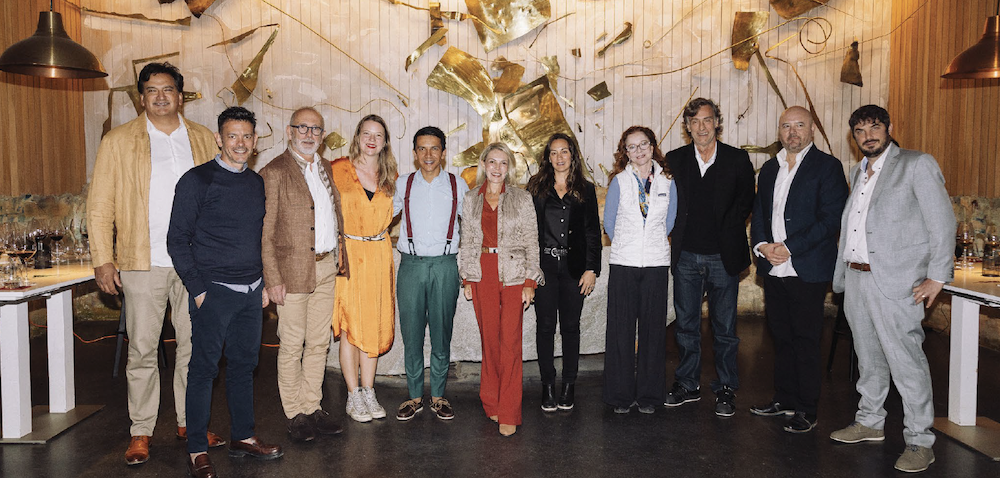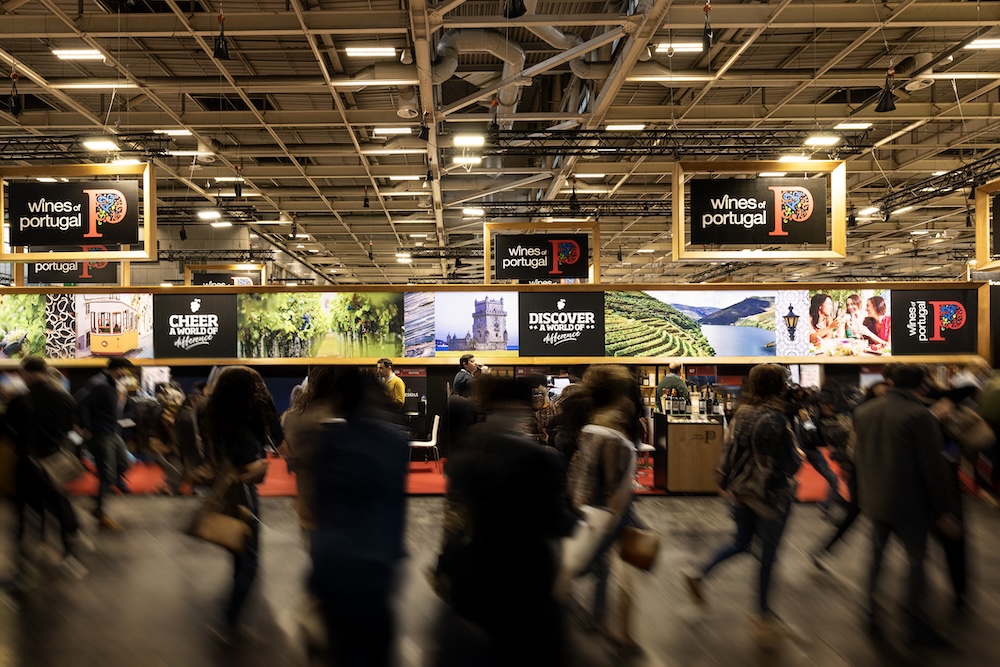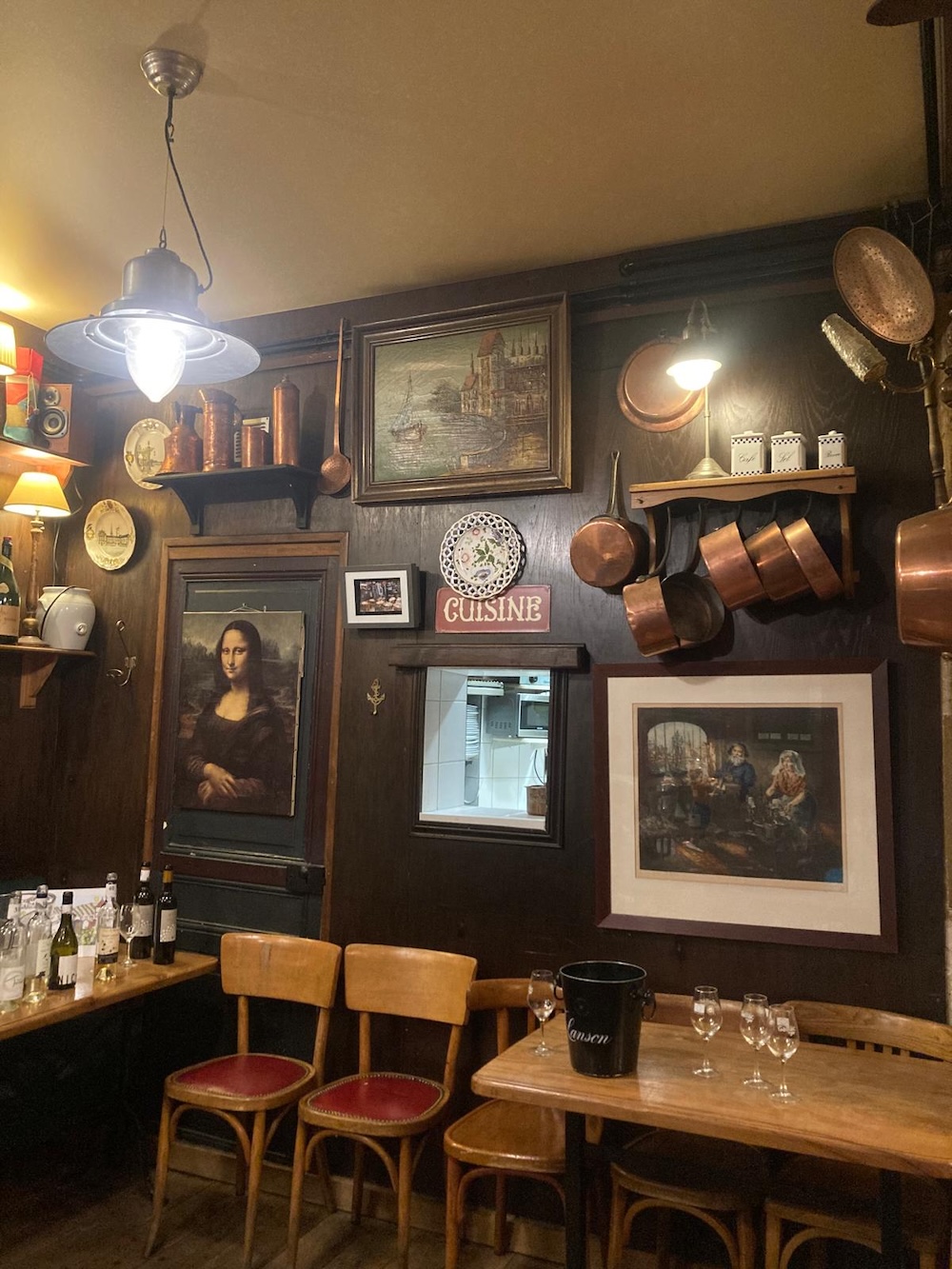
Discovery

Discovery
By Mauricio Llaver - Photographs: courtesy of the estates, posted on 07 October 2024
Due to its variety of climates, the influence of its valleys and the proximity of the Pacific Ocean, Chile has the ability to grow a wide range of varietals. Not only has it been doing so for two centuries, but now climate change is opening up the possibility of exploring new soils for its wines.
Chilean writer Benjamín Subercaseaux defined his native land as “the country of peculiar geography”, and he couldn't have been more right. Chile is a strip of land 6,339 kilometres long, sandwiched between the Andes Mountains and the Pacific Ocean. It is home to arid, mountainous and maritime climates, ranging from the Atacama Desert in the north to the vast, ecosystem-rich Patagonia in the south.
This geography is an immense opportunity to grow a wide variety of grapes and produce wines showing great diversity, and that is what Chilean wineries have been doing since the 19th century. Most of them were historically concentrated in the central part of the country, but new geographical possibilities, climate change and creative curiosity are extending the limits to the north and south. Consequently, Chile aims to ramp up production of high quality wines over the coming decades.
Viña Undurraga was founded in 1885 by Francisco Undurraga Vicuña and is one of Chile's longest-established wine companies. The winery and facilities are located in the Maipo Valley, about 45 minutes from Santiago de Chile, the country's capital. It boasts a total of 1,200 hectares under vine and its main varieties in terms of acreage are Chardonnay, Sauvignon Blanc and Cabernet Sauvignon.
One of the outstanding features of Viña Undurraga is its strong positioning in the domestic market – approximately 40% of its production reaches Chilean consumers through various marketing channels. For tourists visiting Chile, it is one of the most recognised brands in restaurants, supermarkets and botillerías, the name by which the brand is popularly known in beverage stores.
The remaining 60% of production is exported to more than 70 countries. “One of our defining features is our broad range, which seeks to satisfy the different needs of consumers. We have both varietals and blends, with a predominance of blends. The main varietals we use are Cabernet Sauvignon, Carménère, Merlot, Pinot Noir, Syrah, Chardonnay and Sauvignon Blanc”, explains Rafael Urrejola, head winemaker at Viña Undurraga.
Viña Urrejola has received great recognition worldwide, including that of ‘Red Winemaker of the Year’ award from the International Wine Challenge. The philosophy is to develop wines that faithfully reflect their origin, and one of the best examples is the T.H. Terroir Hunter line, which has 19 labels across different geographical origins, from the Limarí Valley to the Araucanía region.
“We believe that Chile, given its geography, has a broad potential for different varietals thanks to its topography, with a variety of climates, which is a great advantage over other producer countries”, says Urrejola. But he stresses that “despite having such an extensive range of possibilities, Alto Maipo Cabernet Sauvignon has gained worldwide recognition for its quality and consistency over time”.
Generally speaking, Viña Undurraga seeks to produce fresh wines, where the potential of site-expressiveness meshes with fruit and freshness to maximise enjoyment, requiring careful use of oak barrels for the maturation process. The company also successfully develops wine tourism and is the second most visited winery in Chile. It receives about 60,000 tourists a year from across the globe, though mainly from Brazil.
Rafael Urrejola, head winemaker at Viña Undurraga.

Viña Undurraga is one of Chile's most traditional brands and boasts a strong presence in the domestic market.

Viña Undurraga was founded in 1885 and is located in the Maipo Valley.
Viña Casa Silva is located in the heart of the Colchagua Valley and is in the hands of a family of French winemakers who originally arrived in Chile at the end of the 19th century. The ancestors of the Silva family arrived bearing vines from Bordeaux and established vineyards in Angostura, where they settled in 1887. Today, they are recognised as the pioneers of the Colchagua Valley.
For many years, the vineyards were divided among several owners, but in 1978, fourth-generation family member Mario Silva gradually began to buy them back and modernise the old family winery. He restored the original vineyards dating back to 1912, and became one of the most sought-after producers of high quality bulk wines. In early 1997 Mario Pablo Silva, Mario's eldest son, suggested to his father that they create a new vision for the business: to bottle their own wines under the family name.
“We stand out in the world for the quality of our Carménère, in addition to other varieties such as Cabernet Sauvignon, Syrah, Merlot, Pinot Noir, Malbec, Petit Verdot, Romano, Sauvignon Blanc, Chardonnay, Sauvignon Gris, Riesling, Semillon, Viognier and Gewürztraminer”, says Mario Pablo Silva, the CEO and current owner of the company. “We can also consider white varieties such as Sauvignon Blanc or Sauvignon Gris as representative of Chile, which in our case originate on the coasts of the Colchagua Valley, in our Paredones vineyard, where the terroir is rich in minerals and there is significant maritime influence, as reflected in our whites”.
The high-end label is Altura (Carménère, Cabernet Sauvignon, Petit Verdot), and in the same range the company also produces Quinta Generación Red Blend (Cabernet Sauvignon, Carménère, Petit Verdot, Syrah) and Quinta Generación White Blend (Chardonnay, Sauvignon Gris, Sauvignon Blanc, Viognier).
Casa Silva's vineyards are a metaphor for Chilean geography: they stretch from the Andes to the Pacific Ocean in the Colchagua Valley (Los Lingues, Angostura, Lolol and Paredones). The company also owns the Futrono vineyard in the Los Ríos Region of Patagonia.
Silva explains that “both in Chile and in other countries we have a strong market presence. We export mainly to Brazil, the United States, Canada, and other South American countries such as Uruguay, Colombia and Peru. In Europe our main destinations are Belgium, the Netherlands and the United Kingdom, and in Asia we have a presence in Japan and China”.

Mario Pablo Silva, the CEO and owner of Casa Silva.

Casa Silva, a pioneer in the Colchagua Valley since 1887.

Mario Silva.

Juan Francisco Calderón, the head winemaker at Casa Silva.
“My style and inspiration for winemaking comes from the old continent”, insists Giorgio Flessati, the general manager and winemaker at Viña Falernia. With his cousin Aldo Olivier Gramola, he founded the company in 1998. Originally from Trentino, Italy, Flessati was one of the pioneers in the production of sparkling wines in the region, thanks to numerous trips he made to France from an early age. There, he also specialised in growing cool-climate Syrah in the Rhone Valley.
Viña Falernia is located in northern Chile, on the edge of the Atacama Desert, in the Elqui River Valley, Coquimbo Region. It is a valley with an arid climate, but Gramola saw its potential to produce high quality wines despite the apparent hostility of the landscape, and brought Flessati on board for the project.
Viña Falernia owns four vineyards, totalling 320 hectares. The first is called Fundo Titón and is located 350 metres above sea level, 18 kilometres from the Pacific Ocean. The second is situated near the Puclaro Reservoir, around the Falernia winery. The third is Pedregal, near the city of Vicuña, and the fourth is Huanta, positioned at an altitude of between 1,700 and 2,070 metres, which is considered to be “one of the highest vineyards in the world”.
According to Flessati, “in the Elqui Valley there is a very good opportunity to play with different soil and climate conditions, as well as different grape varieties. I love to show the real character of the terroir and along with it the Italian winemaking style”. His winery produces Chardonnay, Pedro Ximénez, Riesling, Sauvignon Blanc, Carménère, Cabernet Sauvignon, Pinot Noir, Sangiovese, Merlot, Syrah and Malbec, although according to Flessati, “Syrah, Carménère and Pinot Noir truly epitomise the company and the region”.
Some of the blends at the high-end of the range are Falernia Gran Reserva (Carménère 60% Syrah 40%); Number One (Cabernet Sauvignon 50% Carménère 25%, Syrah 25%) and the Pedro Ximénez-Chardonnay blend (60%/40%). Like many Chilean wineries, Viña Falernia is largely focused on export markets, where it ships 98% of its wines. It exports to Brazil, Costa Rica, Panama, the United States, Canada, Italy, England, Finland, Holland, Sweden, Japan, China, Hong Kong, Korea, Australia, Switzerland and Germany.
As for the diversity that Chile offers, Flessati concludes that “without a doubt all the varieties have different characteristics and qualities of their own, and all of them have the ability to deliver unique personas that cannot be compared with one other”.

Aldo Olivier Gramola and Giorgio Flessati, the founders of Viña Falernia.
Falernia Vineyard, near the Puclaro Reservoir.
Viña del Pedregal encapsulates a tradition spanning almost 200 years, which began with the journey by Carlos Adolfo del Pedregal from Spain’s Asturias to the Loncomilla Valley, in Chile’s Maule Region. The high quality of the region’s soils and ideal weather conditions he found there in 1825 allowed del Pedregal to become one of the forerunners in introducing French grape varieties from Bordeaux, namely Cabernet Sauvignon, Merlot and Cot.
Boasting almost 200 years of history and nine generations of the family at the company’s helm, its icon label is Since 1825, an assemblage of grapes from outstanding parcels in a vineyard located in the Cerrillos area, where terroir characters and experience accrued over almost two centuries stand out.
José Manuel del Pedregal, the company's current CEO, says that “our vineyards extend from the foot of the Andes Mountains in the east, along the banks of the Loncomilla River, to near the coastal mountain range in the west. Because of this layout, they have a variability of soil and climate that promotes diversity and complexity in our wines”.
Viña del Pedregal has a total of 700 hectares planted with Cabernet Sauvignon, Carménère, Syrah, Merlot, Sauvignon Blanc, Chardonnay, Malbec, Carignan, Cabernet Franc, Petit Verdot and Viognier, among others. According to del Pedregal, “Cabernet Sauvignon has historically been able to represent Chile because of its exceptional quality, although Carménère has its own special place because this is practically the last corner of the world where it is produced, and with excellent results. We also have other lesser-known varieties, such as Carignan from Maule, which are capable of illustrating an important part of Chile's winemaking history”.
With the input of winemaker Rosario Domínguez, Viña del Pedregal wines are characterised by a fresh, elegant style that seeks to show sense of place, with fruit as the protagonist and typicity as a guide. It exports 99% of its wines, primarily to Japan, Korea, Brazil, the United States, the Netherlands and China. “Our 200 years of history have allowed us to find our own path, and we feel very comfortable with who we are today”, reflects José Manuel del Pedregal. “Today, nine generations of the family have contributed with their own talent and vision, learning that a legacy is kept alive only when it is kept young at heart”.

The Los Cerrillos vineyard belonging to Viña del Pedregal, located in the Loncomilla Valley, Maule Region.

Rosario Domínguez, the winemaker at Viña del Pedregal.

Viña del Pedregal has been in the hands of the same family for nine generations since Carlos Adolfo del Pedregal arrived in Chile.

The variability of soil and climate contributes to the diversity and complexity of Viña del Pedregal's fruit.

Discovery

Discovery

Discovery